Designing kitchen cabinets for apartments requires a unique approach compared to larger homes. Space constraints, aesthetic considerations, and functionality must be balanced to create a harmonious and efficient kitchen environment. Apartment kitchens often need to serve multiple purposes, making smart design choices critical. Let’s discuss the key aspects of designing kitchen cabinets for apartments, offering insights into space optimization, material selection, style, and practical functionality.

Understanding Space Constraints and Optimization
Assessing Available Space
Before embarking on a kitchen cabinet design project for an apartment, it’s essential to measure and assess the available space. Accurate measurements of the kitchen area, including the height, width, and depth, ensure that the cabinets will fit perfectly. Consider the layout of the kitchen, including the placement of appliances, windows, and doors, to determine the most efficient use of space. Sketching a floor plan can help visualize how the cabinets will fit into the kitchen’s overall layout.
Utilizing Vertical Space
In apartments where horizontal space is limited, utilizing vertical space is crucial. Tall cabinets that extend to the ceiling can provide additional storage without occupying valuable floor space. Upper cabinets can store less frequently used items, while lower cabinets keep daily essentials within easy reach. Installing shelves or hanging racks on the inside of cabinet doors can also maximize vertical space and keep the kitchen organized.
Choosing Compact and Modular Designs
Compact and modular cabinet designs are ideal for apartment kitchens. Modular cabinets offer flexibility, allowing homeowners to customize the configuration to suit their needs. Compact designs, such as pull-out shelves, corner units, and under-sink organizers, help maximize every inch of available space. These designs not only improve storage efficiency but also make the kitchen more accessible and functional.
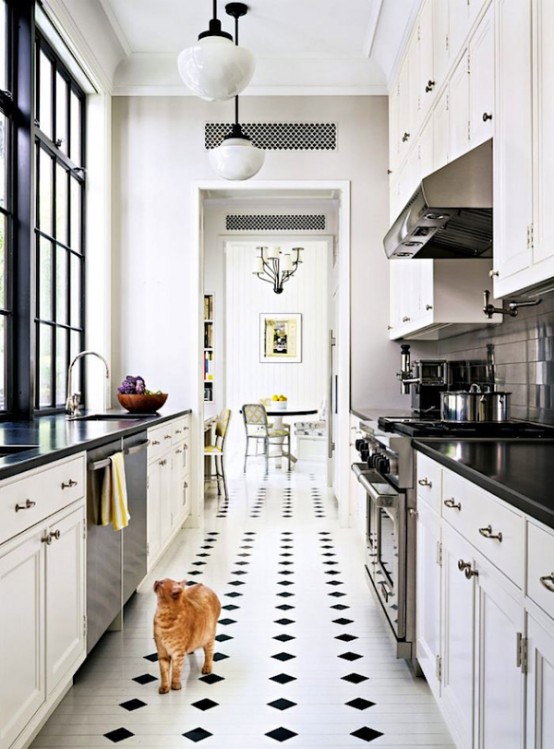
Incorporating Multi-Functional Elements
Incorporating multi-functional elements into kitchen cabinet design can enhance functionality. For example, a kitchen island with built-in cabinets can provide additional storage, a workspace, and a dining area. Cabinets with pull-out cutting boards or integrated appliances like microwaves and ovens save space and add convenience. Designing cabinets that serve multiple purposes helps make the most of a small kitchen.
Considering Open Shelving
Open shelving is an effective way to create the illusion of more space in an apartment kitchen. Open shelves can be used to display dishes, glassware, and decorative items, adding a personal touch to the kitchen. They also make it easier to access frequently used items. However, it’s essential to strike a balance between open shelving and closed cabinets to maintain a tidy and uncluttered appearance.
Integrating Storage Solutions
Integrating smart storage solutions into kitchen cabinet design is vital for apartment kitchens. Pull-out pantry shelves, lazy Susans, and drawer dividers help keep items organized and easily accessible. Consider incorporating hidden storage, such as toe-kick drawers or built-in spice racks, to maximize space. Efficient storage solutions ensure that the kitchen remains functional and free from clutter.
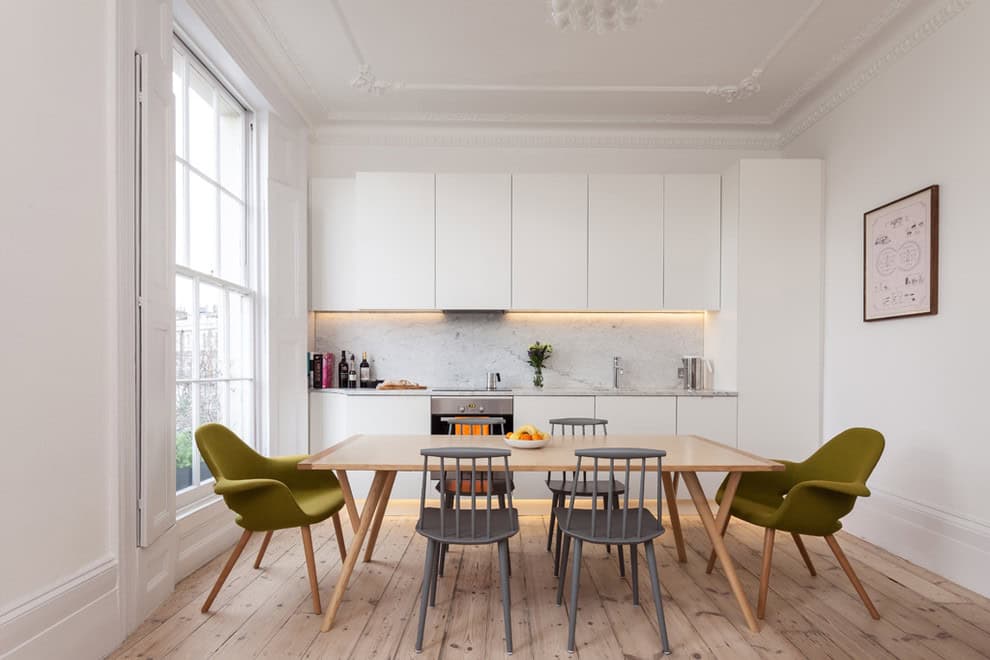
Selecting the Right Materials
Durability and Maintenance
Selecting durable materials for kitchen cabinets is crucial, especially in apartments where space may be limited and heavily utilized. Materials like solid wood, plywood, and MDF (medium-density fiberboard) offer strength and longevity. Additionally, consider materials that are easy to maintain and clean, as apartment kitchens can quickly accumulate grime and wear. High-quality finishes and sealants can enhance the durability and lifespan of the cabinets.
Aesthetic Considerations
The aesthetics of kitchen cabinets play a significant role in the overall design of an apartment kitchen. Choose materials that complement the apartment’s interior design and color scheme. Natural wood finishes can add warmth and texture, while glossy laminates or painted surfaces offer a sleek and modern look. Mixing and matching materials, such as combining wood and metal, can create a unique and stylish appearance.
Budget-Friendly Options
Budget constraints are often a consideration when designing kitchen cabinets for apartments. Affordable materials like laminate, MDF, and thermofoil can provide a stylish appearance without breaking the bank. These materials are available in various colors and finishes, allowing for customization. While solid wood and custom cabinetry may be more expensive, they offer superior quality and can be a worthwhile investment for long-term use.

Eco-Friendly Choices
For environmentally conscious homeowners, choosing eco-friendly materials is essential. Sustainable options like bamboo, reclaimed wood, and low-VOC (volatile organic compound) finishes reduce the environmental impact of kitchen cabinet design. Additionally, consider cabinets made from recycled materials or those certified by environmental organizations. Eco-friendly choices contribute to a healthier living environment and promote sustainability.
Hardware and Accessories
The hardware and accessories used in kitchen cabinets significantly impact their functionality and appearance. Select high-quality hinges, handles, and drawer slides that provide smooth operation and durability. Soft-close mechanisms can prevent slamming and extend the life of the cabinets. Decorative hardware, such as stylish knobs and pulls, can enhance the overall design and add a personalized touch to the kitchen.
Custom vs. Stock Cabinets
Deciding between custom and stock cabinets depends on budget, time, and specific design requirements. Custom cabinets offer complete flexibility in design, allowing for tailored solutions that fit the apartment’s unique space and style. However, they are often more expensive and require longer lead times. Stock cabinets are more affordable and readily available but may have limitations in terms of size and customization. Consider the pros and cons of each option to make an informed decision.

Exploring Different Styles
Modern and Minimalist
Modern and minimalist kitchen cabinet designs are popular choices for apartments. These styles emphasize clean lines, simplicity, and functionality. Sleek, handle-less cabinets with flat-panel doors create a streamlined look. Neutral color palettes, such as white, gray, and black, enhance the minimalist aesthetic. Incorporating reflective surfaces, like glass or high-gloss finishes, can make the kitchen appear larger and more open.
Traditional and Classic
Traditional and classic kitchen cabinet designs offer a timeless appeal that suits a variety of apartment interiors. These styles often feature detailed craftsmanship, ornate moldings, and rich wood finishes. Classic white or cream cabinets with raised-panel doors create an elegant and inviting atmosphere. Traditional designs can be enhanced with decorative elements like glass-front doors, beadboard paneling, and vintage-inspired hardware.
Rustic and Farmhouse
Rustic and farmhouse kitchen cabinet designs bring a cozy and charming feel to apartment kitchens. These styles often incorporate natural materials, distressed finishes, and open shelving. Warm wood tones, such as oak or pine, and shiplap or reclaimed wood paneling add character and texture. Farmhouse sinks, wrought iron hardware, and vintage accessories complete the rustic look, creating a welcoming and homely kitchen.
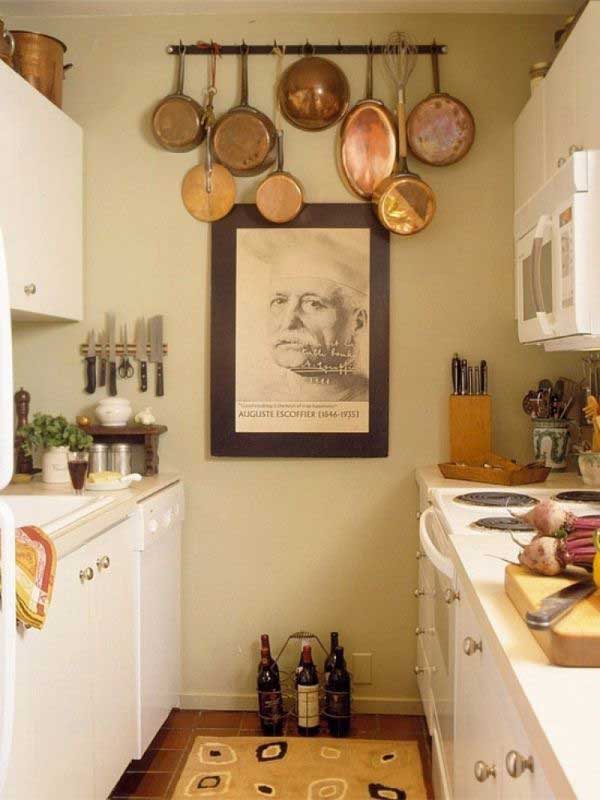
Industrial and Urban
Industrial and urban kitchen cabinet designs are ideal for modern apartment living. These styles emphasize raw materials, exposed elements, and functional design. Cabinets made from metal, concrete, or reclaimed wood create an industrial aesthetic. Open shelving, stainless steel countertops, and utilitarian hardware enhance the urban vibe. Combining industrial elements with modern appliances and fixtures creates a stylish and practical kitchen.
Scandinavian and Hygge
Scandinavian and Hygge kitchen cabinet designs focus on simplicity, functionality, and comfort. Light wood finishes, clean lines, and minimalist design characterize these styles. Neutral color palettes, such as white, gray, and soft pastels, create a calm and airy atmosphere. Incorporating natural elements, like plants and wooden accessories, adds warmth and coziness. Scandinavian designs often feature open shelving and practical storage solutions.
Transitional and Eclectic
Transitional and eclectic kitchen cabinet designs offer a blend of traditional and contemporary elements. These styles provide flexibility, allowing for personalized and unique designs. Transitional cabinets often feature a mix of materials, such as wood and glass, with simple yet elegant details. Eclectic designs embrace creativity, combining different colors, textures, and patterns. These styles allow homeowners to express their individuality and create a one-of-a-kind kitchen.
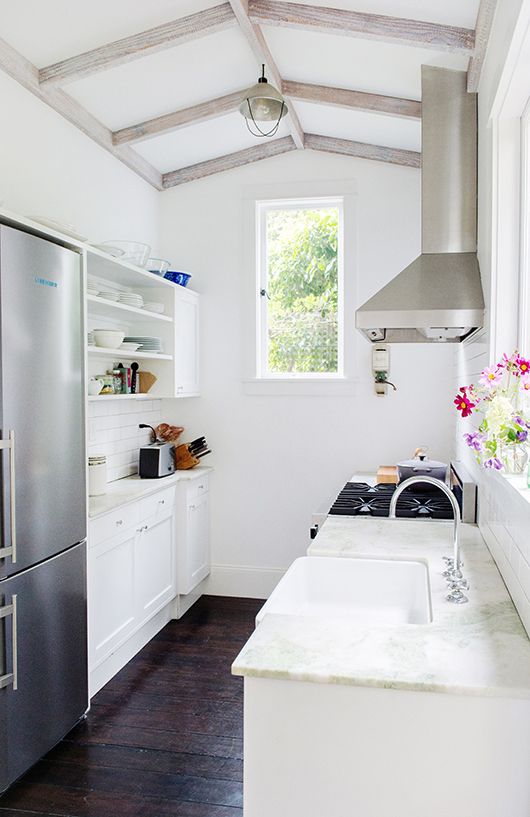
Enhancing Functionality and Accessibility
Efficient Layout Planning
An efficient layout is crucial for enhancing the functionality of apartment kitchens. The work triangle concept—placing the sink, stove, and refrigerator in a triangular arrangement—ensures a smooth workflow. Consider the placement of cabinets to minimize unnecessary movement and maximize accessibility. For small kitchens, a galley layout or L-shaped design can optimize space and improve functionality.
Smart Storage Solutions
Smart storage solutions are essential for maintaining an organized and functional kitchen. Incorporate pull-out shelves, deep drawers, and corner units to maximize storage capacity. Use dividers and organizers to keep items neatly arranged and easily accessible. Consider installing pull-out pantry cabinets, built-in spice racks, and under-sink storage solutions to make the most of every available space.
Accessible Design Features
Designing kitchen cabinets with accessibility in mind ensures that the kitchen is user-friendly for all family members. Incorporate features like pull-out shelves, lazy Susans, and soft-close drawers to make items easy to reach. Consider the height of cabinets and countertops to accommodate different users. Accessible design features enhance convenience and make the kitchen more functional for everyone.
Integrated Appliances
Integrating appliances into kitchen cabinets creates a seamless and cohesive look. Built-in appliances, such as ovens, microwaves, and dishwashers, save space and contribute to a streamlined design. Consider panel-ready appliances that can be concealed behind cabinet doors for a unified appearance. Integrated appliances improve the overall functionality and aesthetics of the kitchen.
Lighting Considerations
Proper lighting is essential for enhancing the functionality and ambiance of an apartment kitchen. Under-cabinet lighting provides task lighting for food preparation and cooking. Consider installing LED strip lights or puck lights to illuminate work areas. Overhead lighting, such as pendant lights or recessed fixtures, ensures adequate illumination for the entire kitchen. Incorporating dimmable lights allows for adjustable lighting to suit different activities.
Ergonomic Design
Ergonomic design features improve the comfort and usability of the kitchen. Consider the height and placement of cabinets, countertops, and appliances to reduce strain and fatigue. Incorporate pull-out shelves and drawers to minimize bending and reaching. Ergonomic handles and hardware provide a comfortable grip and ease of use. Designing with ergonomics in mind enhances the overall functionality and enjoyment of the kitchen.
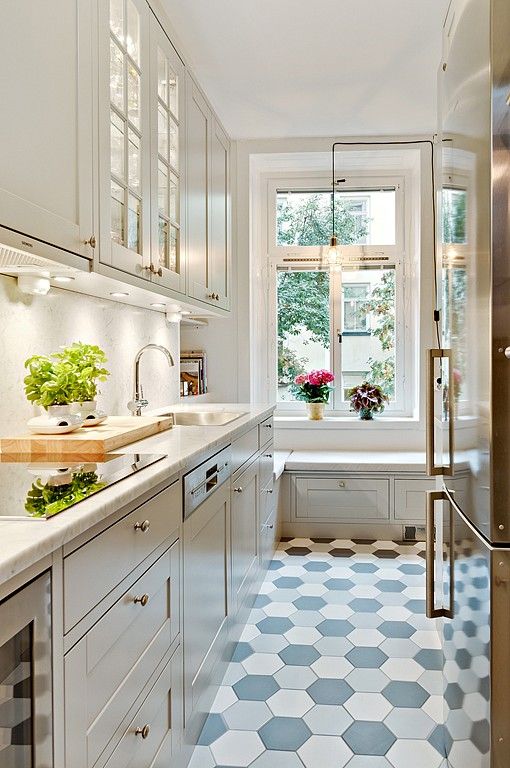
Balancing Aesthetics and Practicality
Harmonizing with Apartment Decor
Harmonizing kitchen cabinet design with the overall decor of the apartment creates a cohesive and visually appealing space. Consider the color scheme, style, and materials used in other parts of the apartment. Coordinating the kitchen cabinets with the living and dining areas ensures a seamless transition between spaces. Selecting complementary finishes and decorative elements enhances the overall aesthetic of the apartment.
Creating a Focal Point
Creating a focal point in the kitchen adds visual interest and draws attention to a specific area. Consider using bold colors, unique materials, or decorative elements for the kitchen cabinets. A statement island, a colorful backsplash, or a stylish range hood can serve as focal points. Balancing the focal point with the rest of the kitchen design ensures a harmonious and attractive appearance.
Incorporating Personal Style
Incorporating personal style into kitchen cabinet design makes the space feel unique and inviting. Choose colors, materials, and finishes that reflect your personality and preferences. Consider adding custom elements, such as glass-front doors, decorative moldings, or unique hardware. Personalizing the kitchen cabinets adds character and makes the space truly your own.
Balancing Open and Closed Storage
Balancing open and closed storage in kitchen cabinet design maintains a tidy and organized appearance. Open shelving can be used to display decorative items and frequently used dishes, while closed cabinets keep less attractive items hidden. Striking the right balance between open and closed storage ensures that the kitchen remains functional and clutter-free.
Enhancing Visual Flow
Enhancing the visual flow of the kitchen creates a sense of continuity and spaciousness. Use consistent materials, colors, and finishes throughout the kitchen to create a cohesive look. Avoid abrupt transitions between different areas of the kitchen. Incorporating design elements like continuous countertops and integrated appliances helps maintain a smooth visual flow.
Practical Considerations
Practical considerations are essential for ensuring that the kitchen cabinets meet daily needs. Consider the type and amount of storage required, the placement of appliances, and the overall layout. Practical features like easy-to-clean surfaces, durable materials, and efficient storage solutions enhance the functionality of the kitchen. Balancing aesthetics with practicality ensures a beautiful and functional kitchen.
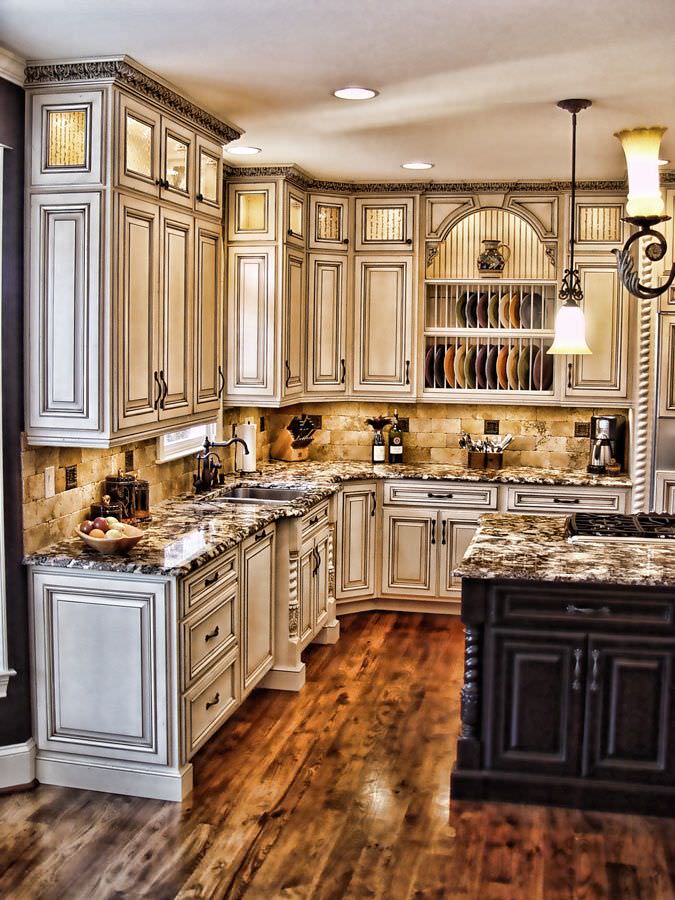
Related Posts:
- How To Remove Kitchen Cabinets Without Destroying Them
- Kitchen Cabinet Makers Thomastown
- Light Grey Painted Kitchen Cabinets
- Kitchen Cabinet Refinishing Atlanta
- 64mm Kitchen Cabinet Handles
- Kitchen Backsplash Ideas With Brown Cabinets
- How To Update Oak Kitchen Cabinets Without Painting Them
- Kitchen Cabinets Raleigh
- How To Put Molding On Kitchen Cabinets
- Kitchen Cabinet Spotlights